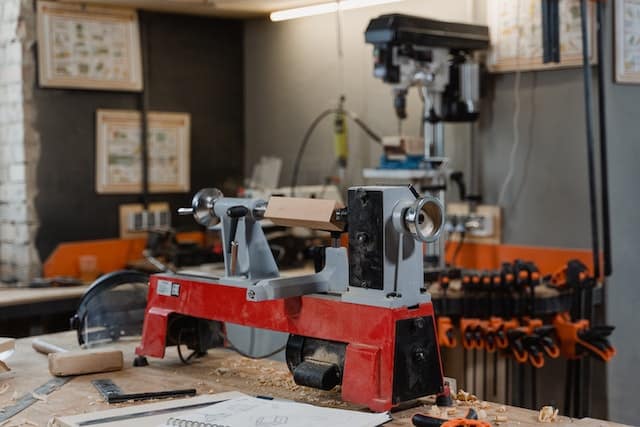In woodworking many times you’ll need to shape wood symmetrical and the power tool which is the best for this job , is the wood turning lathe .
It may seems that this tool is kind of an “extreme” one , concerning its use and you may think that only the top professionals can use a lathe , but i don’t think this is the case .
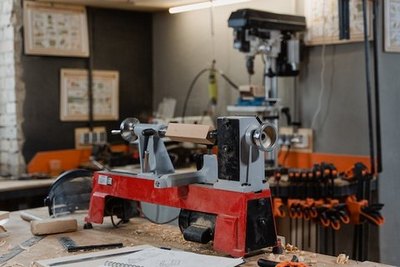
The wood turning lathe is an electrical powered versatile machine , that consists of a leg base ( or not ) supported bed and above it there is an horizontal and parallel axle , moved by high accuracy bearings , pulleys and belts , which rotates a woodpiece , in order to shape it totally symmetrical to the axle .
See my top turning lathe suggestions in HERE .
What Operations can you perform on a Wood Lathe machine ?
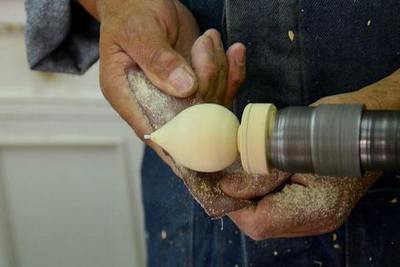
The rotating movement of a wood lathe machine is used , for turning wood , sanding wood , seperating a piece of wood totally symmetrical to the entire piece , drilling wood , boring wood , piercing wood , design grooving wood , parting but not totally seperating wood , deform wood’s original shape , finishing wood with oils waxes , et.c .
Generally you can use your wood lathe to make actions on the wood’s mass , totally symmetrical , very precise ( you an make artistic bowls , et.c ) and equal designed to all of its mass .
Which Lathe is used for Woodworking ?
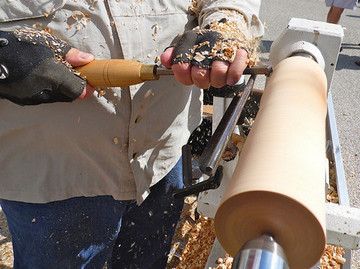
In woodworking we use both the manual and the power lathe , in order to have perfect control of our actions and results and use whatever size wood piece we want .
What size of Motor is Best for a wood Lathe ?
The power range of the woodworking lathe fluctuates in the 1HP area . You’ll find 0.5HP and 1HP power motors in the majority of wood lathes .
I think that a single phase power motor with 1/2HP and 220V( for my conuntry or 230V in general ) or 115V , is the best and ideal for your wood turning .
What RPM should a wood Lathe be ?
I think that for a 6″ lathe a 1000RPM – 1500RPM range would be fine . The ideal RPM range for many woodworkers included me , is the 1725RPM .
What are the Basic Parts of a Wood Lathe ?
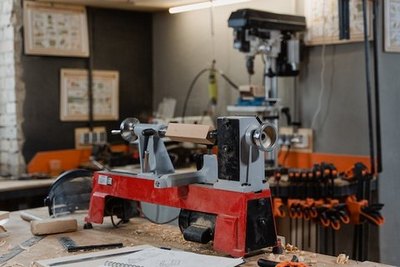
The basic parts for a wood lathe are : the base stand – legs if it has , the motor , the lathe bed , the headstock spindle + headstock , the tailstock + tailstock handwheel + the tailstock’s lock , the tools rest , the drive center and the tail center , the banjo , the quil and the quil’s lock and the on/off switch .
How many tool rest Sizes , we have ?
The tool rest are mostly coming in 3 sizes . The sort( 4″) , the medium(12″) and the long( 24″) in which we need two banjos , for the very large woodpieces .
Remember that your tool rest should be perfectly smooth and doesn’t have rough parts in the part you’ll use your lathe turning chisels . If needed , use your files and smoothen it .
How many Types of lathe Turning tools , we have ?
We have basically 4 lathe turning tools for our turning jobs . These are :
1) The Roughing Gouge .
We use it to remove fast and much from our piece and make it cylindrical , no matter what shape it has .
2) The Parting Tool . ( diamond edge )
We set the different depths in our woodpiece and variation shapes in the exact areas we want , with this tool .
3) The Detail Spindle Gouge .
We refine more and start sometimes , the curved small details in the creeks of the spindle and we “polish”, places the skew chisels cannot go .
4) The Skew chisel .
We use it to make the V – cuts for our creeks and create handles in the spindle in the area between the square and the circle parts .
These turning tools are made mostly from carbon steel alloys and from high speed steel which are the most modern ones , “hold” their sharpening edge longer and are “tougher” while grinding them .
What is the difference between a Lathe and a Wood Lathe ?
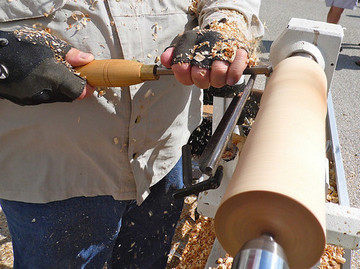
In here we have a big seperation and difference between the lathe which turns wood and the ones which are used for other materials , metals , et.c .
The wood’s mass is way more light weight than the metals , et.c , so you don’t need big torgue to turn and lathe a wood piece , but you need high speed , in order to make more artistic “surgical” job .
The metals and other materials need big – bigger torgue , but less speed than the wood lathe’s ones .
So , for wood you need high speed – low torgue ( 1000RPM – 3500RPM ) and for metals and others , you need high torgue low speed ( 500RPM – 1200RPM ) .
Can the same Lathe be used for Wood and Metal ?
Yes , you can use a metal lathe for wood with the appropriate speed – torgue adjustments , but you cannot do the opposite !!!!!
Is a Mill , better than a Lathe ?
You can use a mill and its rotary move to cylindrical cut a piece of wood , but in no way you can have the precision , the exact cylindrical and symmetrical results to every inch of your woodpiece , that you have with a lathe .
Except that you’ll need many wood passes from your mill to get it cylindrical , you cannot reach the high levels of accuracy , a lathe can provide to you .
How high should a Lathe be ?
This depends from your height , you personal preferences while you’re woodworking and i don’t think there is an inviolable rule in here .
I think that you should adapt your lathe’s height to where you like in order to be 100% comfortable and safe while you’re working . Your back , your arms , your neck , your knees , should be comfortable while you’re working .
The height of the woodworking bench used to be around ( or maybe a little higher ) from your belly button . I think that this can be used to your lathe also .
What are Disadvantages of wood Turning ?
1) You cannot be a total amateur to act wood turning with 100% efficiency and safety , not saying that you should be the super professional of course .
2) It leaves a lot of sawdust behind .
3) You need equipment( roughing gouges , et.c ) which isn’t very cheap many times .
4) You need to keep this equipment in perfect “shape” and not avoiding the maintenance .
Read how you can maintenance your tools ( + tips ) , in HERE .
5) You need some space to place and work your lathe and i suppose it should be enough , for the sawdust “mess” .
Can you Turn Fresh Cut wood on Lathe ?
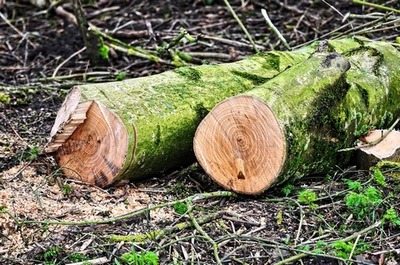
Yes , turning your fresh wood on your lathe , is very satisfying , but not correct if you need precision , not shape changes and perfect results and to last for a long time without problems .
Is Wet wood Easier to turn ?
Yes , it’s way more easy to turn , because its wood fibers are more flexible , soft and easy to be seperated from your woodpiece’s entire mass . Of course you’ll have less sawdut , but turning wet wood has serious disadvantages .
Do you need to Dry wood , before turning ?
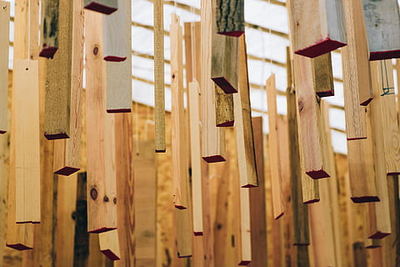
Yes , for sure you need to dry your wood piece in order to turn it and don’t have unexpected shape changes , shrinks , crackings while it’ll dry after your turning , wood fluids be thrown while you’re turning and stability issues if you want to minimal shape your woodpiece .
What is Best wood for turning wood ?

This depends from what is the specific job and design features you have and how accurate (except the beauty ) turning results you want .
The softer types of wood are more easy to turn with a lathe and your tools don’t “suffer” much , but the hard types can give you more “surgical” design shapes , because their higher mass density can “hold” more precision shaping .
I don’t suggest you to turn industrial wood to your lathe . The randomly glued wood particles , have “strange” behavior and you can have big pieces thrown away , causing eye – health damages .
See the seperations we use for the wood types in HERE .
Is wood Turning Hard to Learn ?

No , it isn’t hard to learn , but it needs much of practise in order to get the feeling of the rotating axle and shaping wood , at the same time . Of course you cannot learn wood turning from books and videos , you should spend some time , experimenting .
Woodworking isn’t hard to learn and you don’t need to be Superman for it .
Is Using a Lathe Hard ?

No , it isn’t hard to use , but as all the woodworking tools it needs attention , brain focus and seriousness while you’re using it , because hazards exist .
What are the Dangers , while using a wood Lathe ?

1) Never wear clothes , watches , jewelelry , ties , et.c and whatever the spinning axle can catch , while you’re using a lathe .

2) Never lose your mind focus from your environment ( friends , phones , et.c ) , during your turning .

3) Always be careful for damaged wires from your lathe . Electricity dangers are always very serious .

4) Have you roughing gouges well sharpened and always wear your eye protecting glasses . Not the sunlight ones (!) , but the ones that can hold a hard piece of wood and protect your eyes .
Should i Wear Gloves with a Lathe ?
The majority of the woodworkers don’t use gloves in order to have the best gouge – feeling to their hands , but if you feel better and have bigger control wearing gloves , it’s ok .
Try to have a thin pear of gloves and always be careful , your hands not to be caught between the spinning axle and the gouge stand , while you’re shaping your wood .
How Big a Lathe , do i Need ?
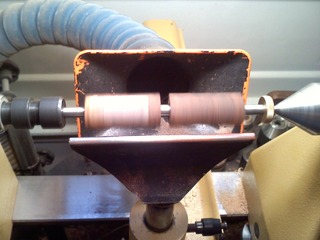
This aslo depends from the needs you have as a carpenter . If you’re hobby focused only , a 3″ – 15″ lathe will be ideal for you .
If you’re more professional a 6″ – 30″ , will be a nice lathe machine .
Is wood Turning Noisy ?
No , it isn’t noisy , because the lathe runs to low range of speed and the motor doesn’t force itself . The vacuum cleaner , produces more noise !!
Do i Need a Wood Lathe ?
Yes , you need one , if you’re creating cylindrical carpentry projects , or you want to make your own dowels , or some smaller parts for your wood plans and generally you want symmetry .
You take a random and unshaped wooden stick and you can tranform it to a small or big enough dowel , very fast and easy .
The lathe isn’t a “deadly” important wood tool , as others , but if you have the place for one , it would be fine .
Keep woodworking and treat yourself with happiness .
